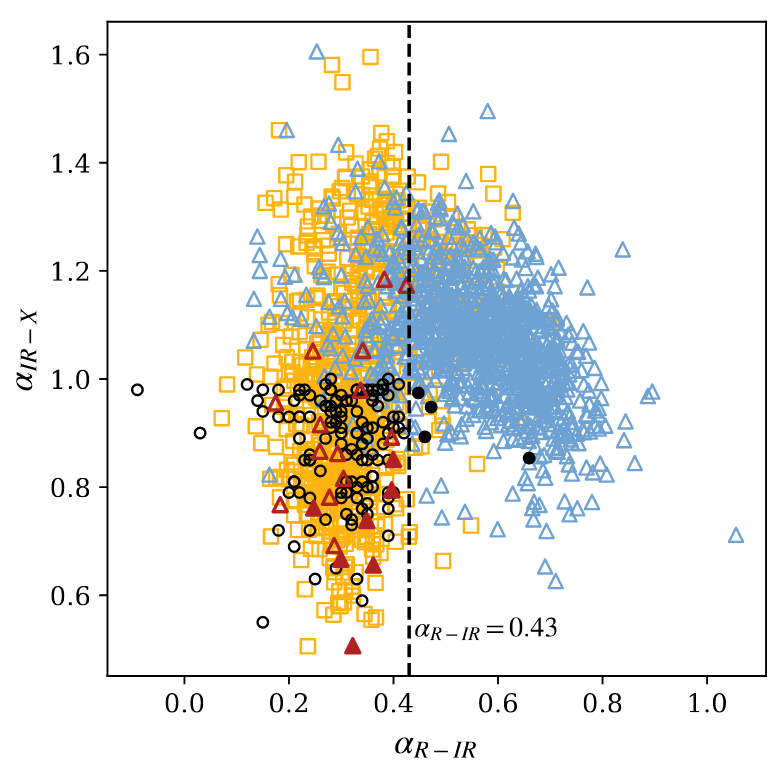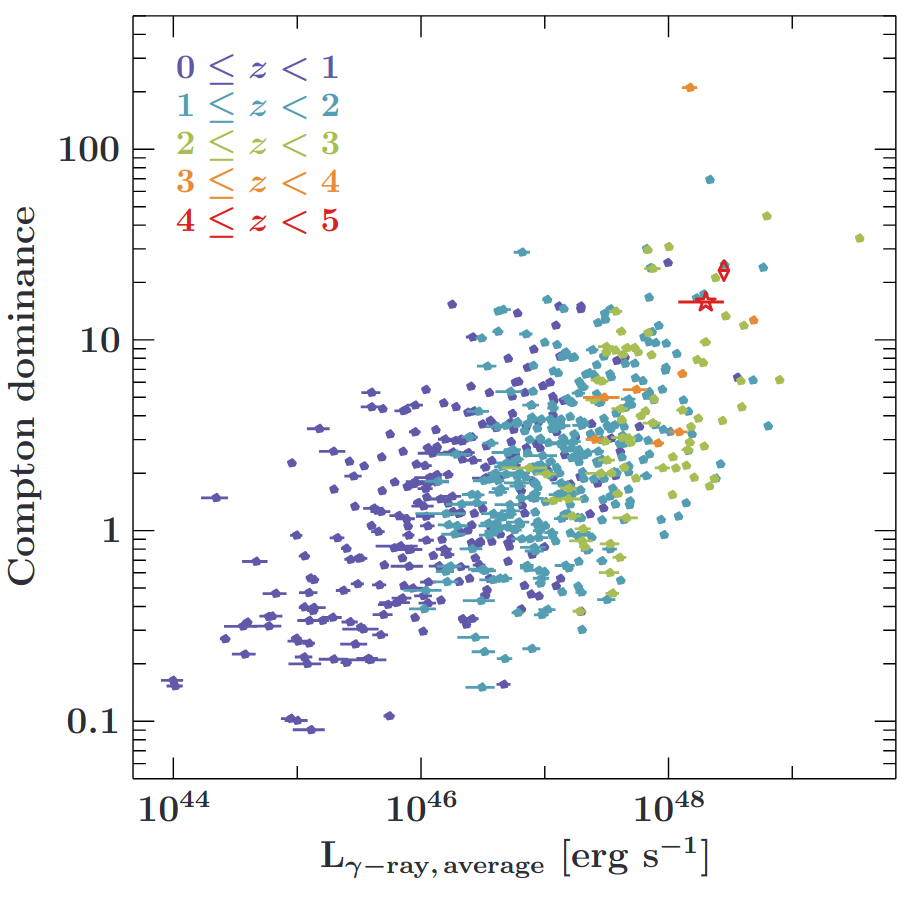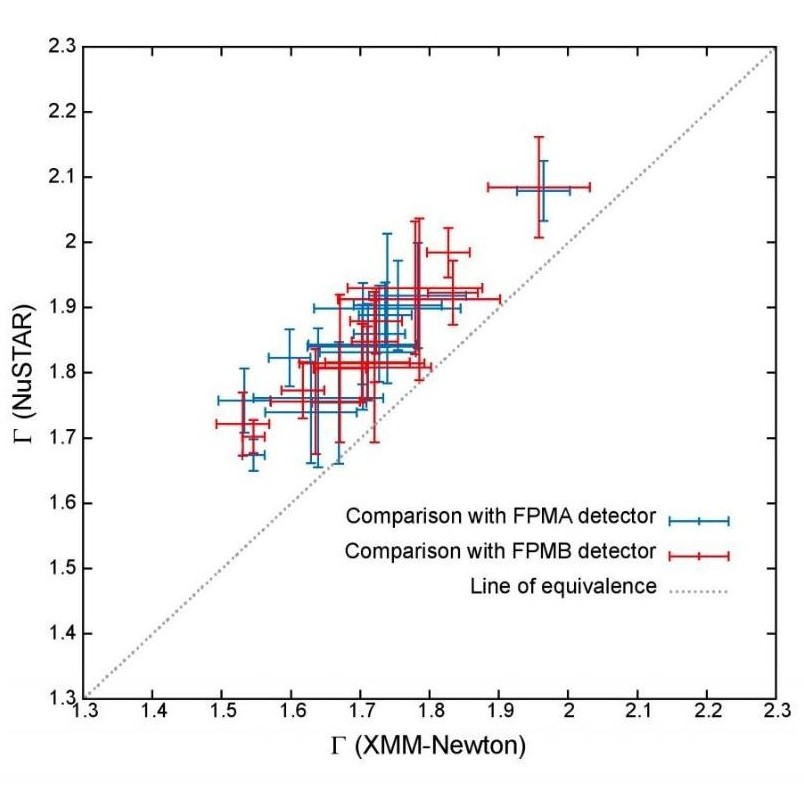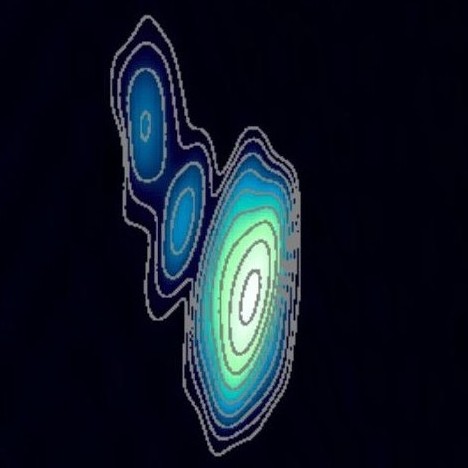Understanding gamma-ray variability of blazars with recurrence analysis
Jet processes - Variability study - GeV data
The gamma-ray satellite Fermi-LAT has enabled scientists to study the variability of high-energy objects with continuous data sampled since 2008. Among the objects observed by Fermi-LAT, blazars show the most variable behaviour as their gamma-ray emission originates from their highly relativistic jets, whose emission gets boosted towards us. I am interested in measuring the dynamics of the particle acceleration processes in the jet and radiation zone near the central black hole. Together with Prof. Rebecca Phillipson at Villanova University, I want explore the highly energetic variability of 59 blazars with recurrence analysis, in particular with a tool called 'recurrence plots'. Currently, we have not yet published our findings in a publication, but you can find an overview with preliminary results in a poster created to introduce the project at gamma-ray focused conferences in 2024.







